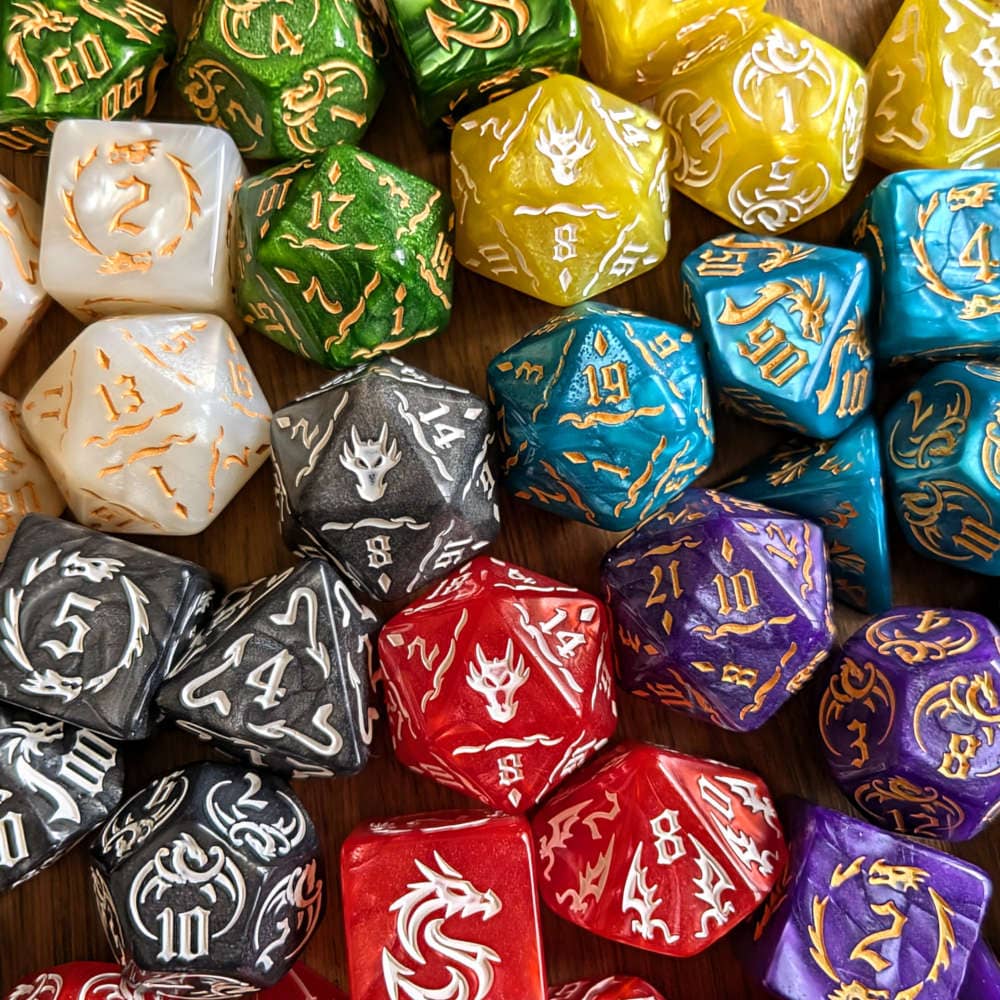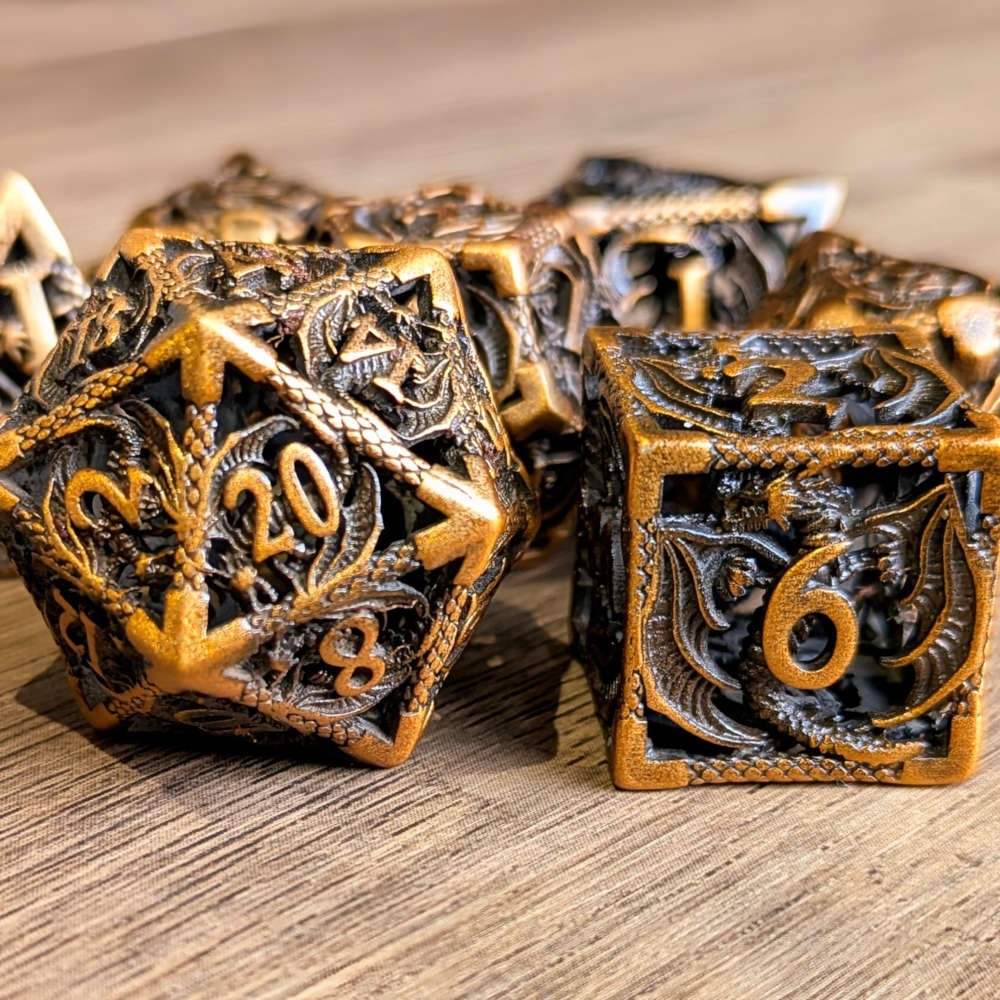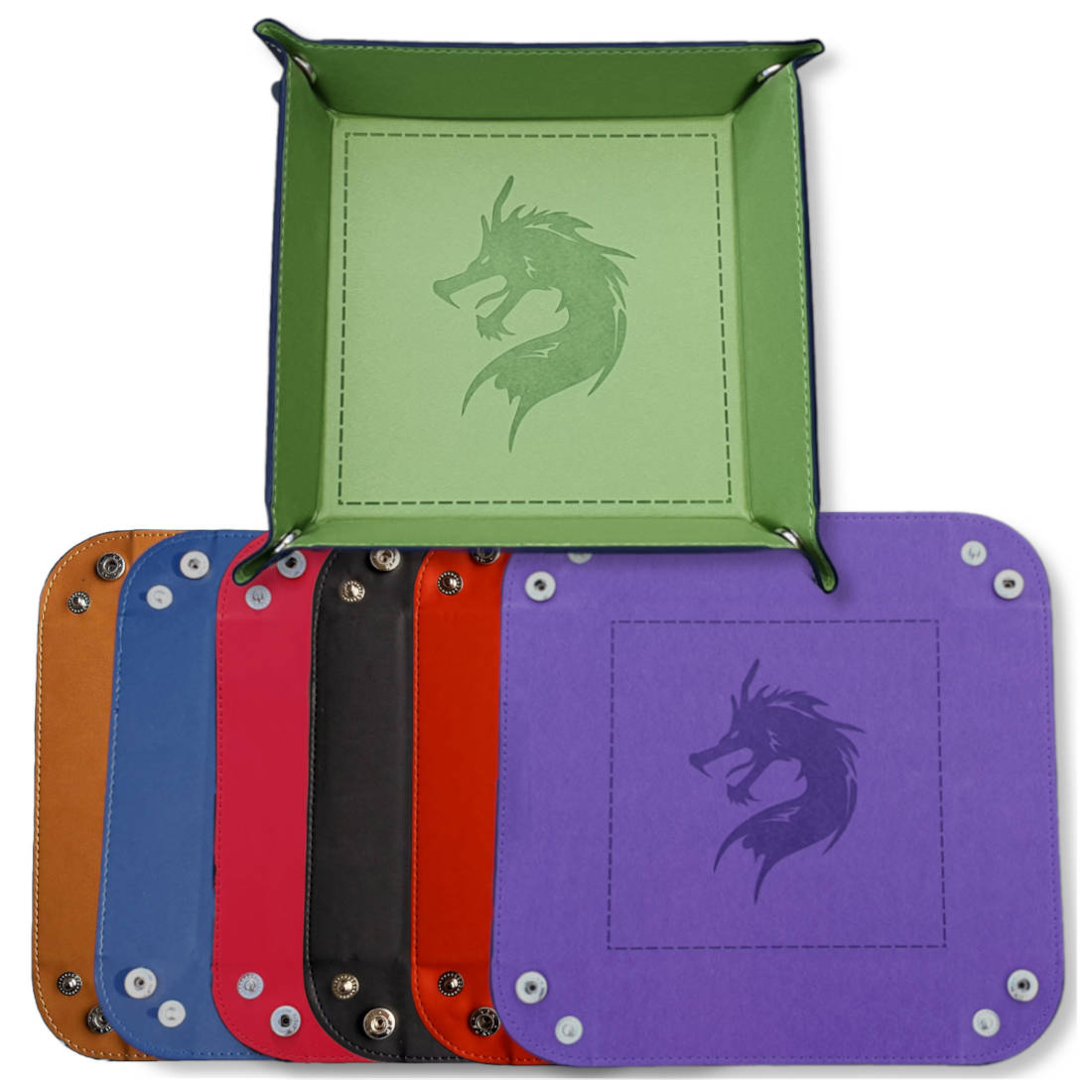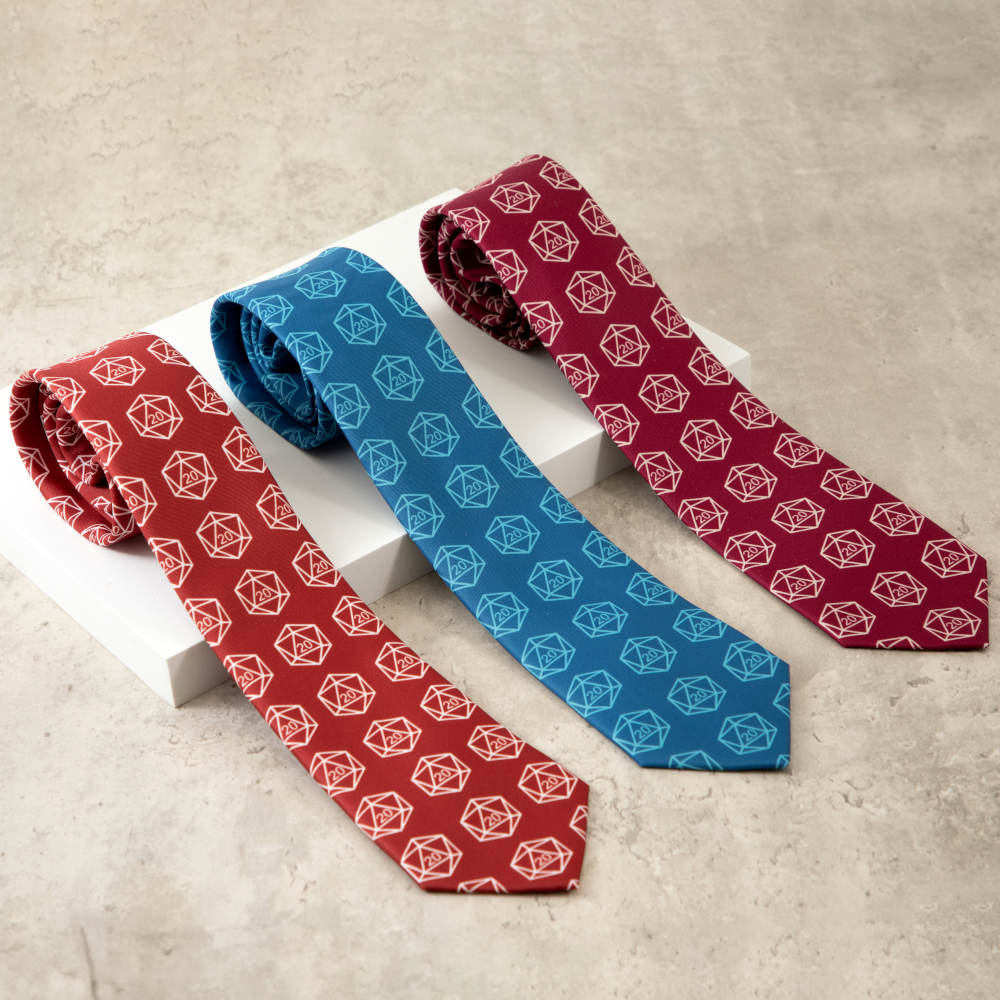Drakewarden Ranger 5e guide

In this article, we'll give an overview of how the Drakewarden subclass of Ranger works in D&D 5e, answer some common questions, and share our experiences based on playing a Drakewarden Ranger from level 3 all the way to high-level play. Our insights come from a campaign spanning over three years, allowing us to see everything from the start to the endgame.
What is a Drakewarden Ranger?
Drakewarden is a Ranger subclass introduced in Dungeons and Dragons 5th Edition that allows the character to have a drake companion! As you level up, you unlock more features for both your drake and your ranger, enhancing your draconic bond and powers.
Your connection to the natural world takes the form of a draconic spirit, which can manifest in physical form as a drake. As your powers grow, your drake grows as well, blossoming from a small four-legged companion to a majestic winged creature large and strong enough for you to ride. Along the way, you gain an increasing share of the awe-inspiring power of dragons.
The Drakewarden subclass was introduced to D&D 5e in Fizban’s Treasury of Dragons.
Draconic Gift
At 3rd level, the bond you share with your drake creates a connection to dragonkind, granting you understanding and empowering your presence.
You gain the following benefits:
- You learn the Thaumaturgy cantrip, which is a ranger spell for you.
- Tongue of Dragons. You learn to speak, read, and write Draconic or one other language of your choice.
Drake Companion
At 3rd level, as an action, you can magically summon the drake that is bound to you. It appears in an unoccupied space of your choice within 30 feet of you.
The drake is friendly to you and your companions, and it obeys your commands. See its game statistics in the accompanying Drake Companion stat block, which uses your proficiency bonus (PB) in several places. Whenever you summon the drake, choose a damage type listed in its Draconic Essence trait. You can determine the cosmetic characteristics of the drake, such as its colour, its scale texture, or any visible effect of its Draconic Essence; your choice has no effect on its game statistics.
In combat, the drake shares your initiative count, but it takes its turn immediately after yours. It can move and use its reaction on its own, but the only action it takes on its turn is the Dodge action, unless you take a bonus action on your turn to command it to take another action. That action can be one in its stat block or some other action. If you are incapacitated, the drake can take any action of its choice, not just Dodge.
The drake remains until it is reduced to 0 hit points, until you use this feature to summon the drake again, or until you die. Anything the drake was wearing or carrying is left behind when the drake vanishes.
Once you summon the drake, you can’t do so again until you finish a long rest, unless you expend a spell slot of 1st level or higher to summon it.
|
Drake Companion |
|||||
|
Small dragon |
|||||
|
Armour Class: 14 + PB (natural armour) |
|||||
|
Hit Points: 5 + five times your ranger level (the drake has a number of hit dice [d10s] equal to your ranger level) |
|||||
|
Speed: 40 ft. |
|||||
|
STR |
DEX |
CON |
INT |
WIS |
CHA |
|
16 (+3) |
12 (+1) |
15 (+2) |
8 (−1) |
14 (+2) |
8 (−1) |
|
Saving Throws: Dex +1 plus PB, Wis +2 plus PB |
|||||
|
Damage Immunities: determined by the drake’s Draconic Essence trait |
|||||
|
Senses: darkvision 60 ft., passive Perception 12 |
|||||
|
Languages: Draconic |
|||||
|
Challenge: Proficiency Bonus (PB) equals your bonus |
|||||
|
Draconic Essence. When you summon the drake, choose a damage type: acid, cold, fire, lightning, or poison. The chosen type determines the drake’s damage immunity and the damage of its Infused Strikes trait. |
|||||
|
Actions |
|||||
|
Bite. Melee Weapon Attack: +3 plus PB to hit, reach 5 ft., one target. Hit: 1d6 plus PB piercing damage. |
|||||
|
Reactions |
|||||
|
Infused Strikes. When another creature within 30 feet of the drake that it can see hits a target with a weapon attack, the drake infuses the strike with its essence, causing the target to take an extra 1d6 damage of the type determined by its Draconic Essence. |
|||||
Bond of Fang and Scale
At 7th level the bond you share with your drake intensifies, protecting you and stoking the drake’s fury. When you summon your drake, it grows wings on its back and gains a flying speed equal to its walking speed.
In addition, while your drake is summoned, you and the drake gain the following benefits:
- Drake Mount: The drake grows to Medium size. Reflecting your special bond, you can use the drake as a mount if your size is Medium or smaller. While you are riding your drake, it can’t use the flying speed of this feature.
- Magic Fang: The drake’s Bite attack deals an extra 1d6 damage of the type chosen for the drake’s Draconic Essence.
- Resistance: You gain resistance to the damage type chosen for the drake’s Draconic Essence.
Drake’s Breath
At 11th level, as an action, you can exhale a 30-foot cone of damaging breath or cause your drake to exhale it. Choose acid, cold, fire, lightning, or poison damage (your choice doesn’t have to match your drake’s Draconic Essence). Each creature in the cone must make a Dexterity saving throw against your spell save DC, taking 8d6 damage on a failed save, or half as much damage on a successful one.
This damage increases to 10d6 when you reach 15th level in this class.
Once you use this feature, you can’t do so again until you finish a long rest, unless you expend a spell slot of 3rd level or higher to use it again.
Perfected Bond
At 15th level, your bond to your drake reaches the pinnacle of its power. While your drake is summoned, you and the drake gain the following benefits:
- Empowered Bite: The drake’s Bite attack deals an extra 1d6 damage of the type chosen for its Draconic Essence (for a total of 2d6 extra damage).
- Large Drake: The drake grows to Large size. When you ride your drake, it is no longer prohibited from using the flying speed of Bond of Fang and Scale.
- Reflexive Resistance: When either you or the drake takes damage while you’re within 30 feet of each other, you can use your reaction to give yourself or the drake resistance to that instance of damage. You can use this reaction a number of times equal to your proficiency bonus, and you regain all expended uses when you finish a long rest.
How does the drake companion work?
The drake companion can fly around the battlefield, distract enemies, take hits, and dish out a reasonable amount of damage in the early game. Its Infused Strikes reaction is useful for giving a modest buff to allies, so keep your drake within 30 feet of your party to make the most of it. The drake will likely be on the frontline, engaging foes directly, while you, as a Ranger, generally stay on the backline, dealing damage from a distance.
What are the best races for a Drakewarden Ranger?
The best races for a Drakewarden Ranger are those that improve your Dexterity, as it is crucial for your combat prowess. Additionally, any race that boosts your Wisdom is beneficial, considering you'll be casting spells as a Ranger. Elves, Tabaxi, and Aarakocra are solid choices due to their Dexterity bonuses and other racial features that complement the Drakewarden subclass well.
What ability scores does a Drakewarden Ranger need?
The most important ability score for a Drakewarden Ranger is Dexterity. Dexterity is generally the most important ability score for Rangers, and it's especially important if you plan to be firing a bow or using another ranged weapon while riding your drake.
What are the best feats for a Drakewarden Ranger?
The best feats for a Drakewarden Ranger include Sharpshooter or Crossbow Expert, depending on the type of Ranger you're building. Sharpshooter is great for increasing your damage output with ranged attacks, while Crossbow Expert allows for more flexibility and additional attacks.
Additionally, the Gift of the Chromatic Dragon feat is thematically appropriate and provides an extra 1d4 damage for each weapon attack for the next minute, making it a fantastic choice for boosting your combat effectiveness.
Some people recommend the Mounted Combatant feat, which can be useful but isn't applicable until you reach 7th level and unlock Bond of Fang and Scale, allowing you to mount your drake. Also, many Rangers prefer to use ranged weapons, making the first part of the Mounted Combatant feat less useful.
Is the Drakewarden Ranger any good?
The Drakewarden Ranger can be useful at lower and mid-levels of play due to its drake companion, which can fly around, annoy enemies, tank damage, and help with flanking. However, at higher levels of play, Drakewardens might find themselves overshadowed by other players in terms of damage. Additionally, the general advice that Rangers can be tricky to play and highly dependent on how your DM handles travel and exploration is also very true for Drakewardens.
Our experience playing as a Drakewarden Ranger in D&D 5e
Playing as a Drakewarden Ranger in D&D 5e has been an incredible journey. Over the course of more than 3 years, from level 3 to high levels of play, it's been a blast. Having a drake pet that grows alongside the character has added so much to the experience. It's provided numerous opportunities for story and character development, from memorable moments like our drake companion causing chaos in a tavern to making a pact with Tiamat to save a party member from a Mindflayer.

Above: Curiosity, our Drakewarden Ranger, and Iridis, his drake companion, fighting an Elder Brain Dragon.
While the drake companion didn't always match the damage output or utility of other party members, our DM helped balance our Drakewarden character to ensure they contributed meaningfully to the party and the story. Despite any shortcomings, playing as a Drakewarden Ranger has been a thoroughly enjoyable experience, and we would highly recommend it to anyone looking for a unique and dynamic character option in their D&D campaign.
How to optimise a Drakewarden Ranger
- Choose a race and feats that complement your abilities, focusing on Dexterity and Wisdom.
- Prioritise a high Dexterity score, whether you’re using point buy or if you’re rolling for ability scores.
- Keep your drake companion within 30 feet of the party to maximise use of Infused Strikes.
- Use your drake to tank and distract enemies during combat.
- Keep a spare spell slot available to resummon your drake if they are slain.
- Use Draconic Essence strategically, considering common damage types like fire and poison.
- Create synergies with party members, such as positioning your drake for flanking opportunities with a Rogue or protecting fellow backline characters.
- Wisely select spells as you level up, considering the need to command your drake as a bonus action.
Learn more about playing D&D
Now you know how a Drakewarden Ranger works in D&D 5e, learn more about dragons in tabletop with our guides ‘Can you play as a dragon in D&D?’ and ‘Can you have a dragon pet in D&D?’. For more about creating awesome characters, our guide to creating unique D&D characters should help. Remember, being a Drakewarden and having a drake companion is just one of many ways to make a unique character that will create lasting memories.
Level up your experience with dice and accessories
If you're looking to play a Drakewarden or a character with a draconic touch, you might be looking for some dragon-themed gifts! Treat yourself to a new dice set for Dungeons and Dragons. We offer a range of colours and styles, including our mystery dice bags for those who want fate to decide which dice they use.
Our tabletop accessories such as our dragon notebook and dragon dice holder make great pieces for your tabletop too.





